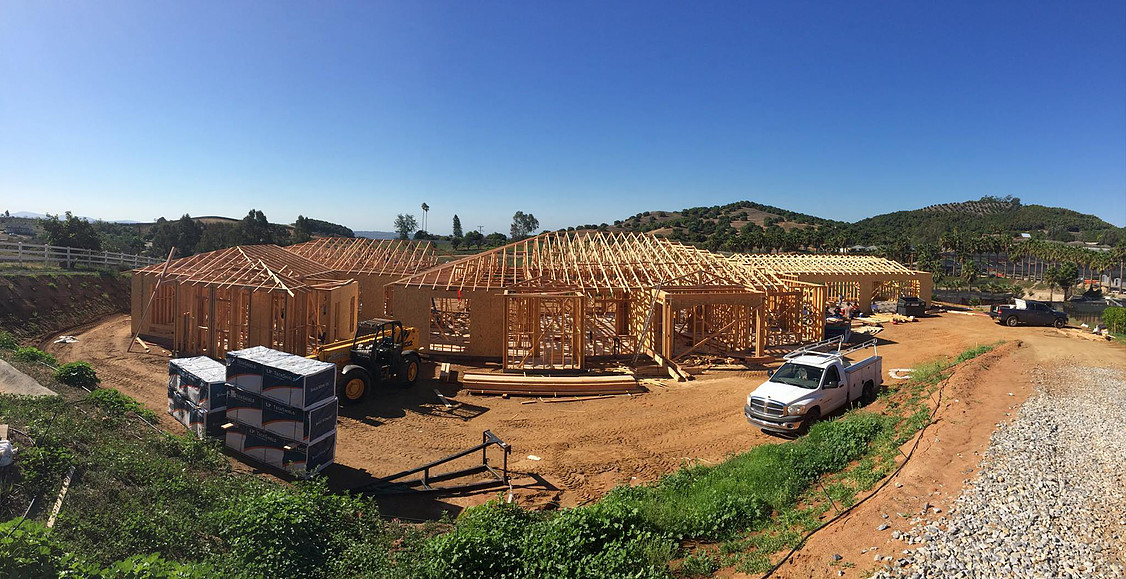It is no secret why roof trusses are so popular with builders. They offer numerous advantages over stick-built rafters, including the ability to span long distances for the popular “open-concept” floor plans; strength and durability that last for many years; and above all, ease of installation. However, it is very important that roof trusses be installed correctly if they are to function properly. How do you know that you are installing trusses in the right way?
Roof Truss Installation Tips
It is very important to understand what you are doing when you install your roof trusses. Simple mistakes can quickly become costly and eat away at the savings you gained by using trusses in the first place! Here are a few tips for installing your roof trusses properly and saving time, money and frustration.
- Learn about the types of trusses–and choose the right one. Before you begin installation, you must understand what types of roof trusses are available and make a choice based on your needs. While this sounds simple, it is a critical component to getting the results you want. If you are not sure what type of truss is best for your construction, your truss expert should be able to help. Generally speaking, the more complicated your truss, the more knowledge you will need to properly place it.
- Follow the diagram and organize before installation. Before you go to the trouble of lifting the trusses to the roof, be sure you understand the manufacturer layout and have everything you need to do your install. Most trusses will arrive numbered and can be easily installed given your diagram, but it is always wise to do a dry run and lay out your trusses in order to avoid confusion.
- Attach ridge blocking as you go. As you install your trusses, they will need vertical support as well as support from your wall plates. Be sure to attach a ridge block to each truss at its apex; this transfers the load properly and does not put undue stress on any individual truss.
- Use only approved fastening devices. This is not an area to buy cheap replacements! Be sure to use the materials recommended in order to achieve the best results.
- Nail only where indicated. Prefab trusses have detailed specifications and instructions. In many cases, the spots where nails should be used are indicated in your plans. These spots have been chosen because they provide the best and strongest support for your trusses without risking breaking or cracking.
- Pay attention to the direction of your trusses. Trusses may look the same, but there is a “right” and a “wrong” side that can affect installation. Each truss should face in the proper direction. Make sure that you understand the directions before installing your trusses.
- Store correctly if necessary. If you need to store your trusses for a short period of time, never do so on the ground or on uneven surfaces. This risks damage or bowing to your trusses that can affect your entire build.
If you need answers to questions about truss installation, we are here to help! At Stone Truss, we have been assisting San Diego area builders for many years with quality products and helpful support. Give us a call today to learn more about how we can help you save time and money on your next construction job!





